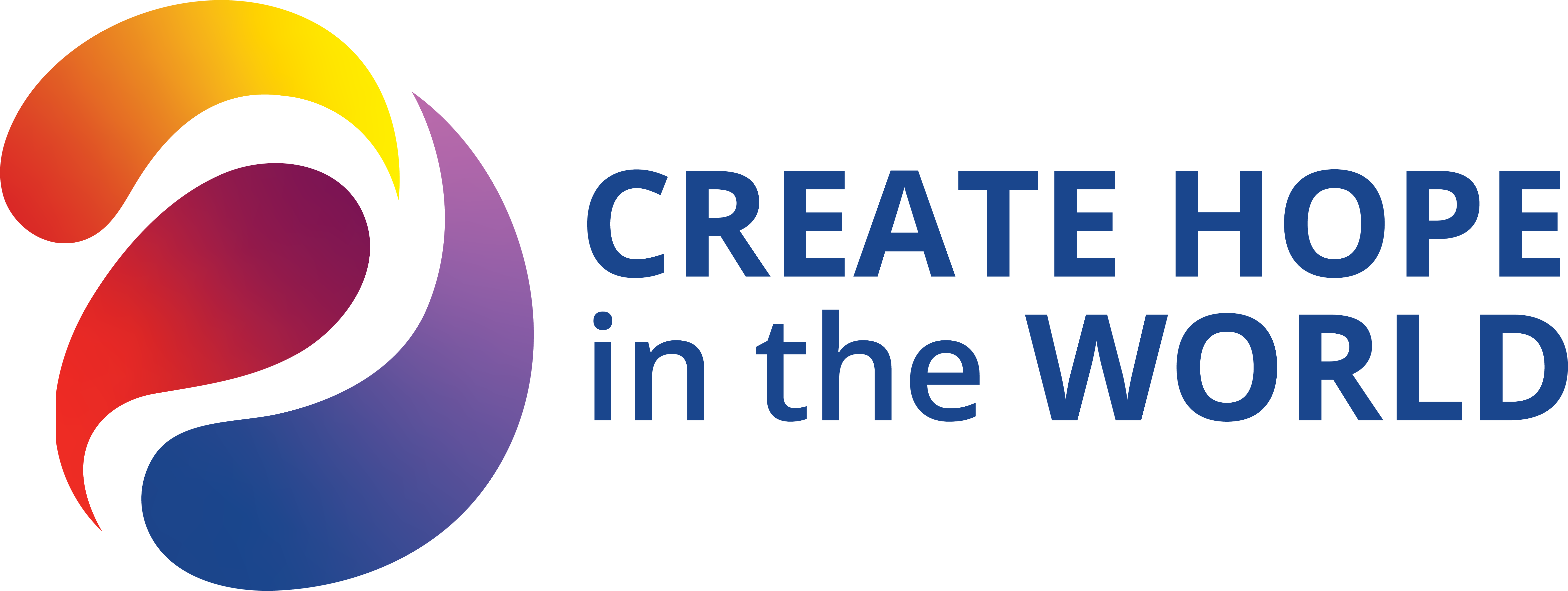On Sunday, March 28, 2010, the Greater Los Angeles Chapter of the Juvenile Diabetes Research Foundation held its Awards Ceremony for the “2009 Walk to Cure Diabetes” at the Annex, Hollywood & Highland. Team Miranda Sarah won a special recognition as one of four “outstanding new family teams,” as well as being one of twenty-four teams to win the Gold Plaque Award (the third highest award) for raising over $10,000 for the cause. As if that were not enough, in the competition for t-shirt design, Team Miranda Sarah won “Best in Show” for a design originally sketched out by Miranda’s father Gerard Speirs.
On November 8, 2009, Arcadia Rotarians were among among an estimated 15,000 people who took part in the Dodger Stadium “Walk for a Cure” to benefit the Juvenile Diabetes Research Foundation. Walking as part of “Team Miranda Sarah” were Arcadia Rotarians Michael Ojeda, Tony Parrille, Eric Barter, and Dirk L. Hudson (grandfather of the team’s four year old team namesake Miranda Sarah Speirs who was diagnosed at age three with Type 1 diabetes). There were also contributions from other Rotarians who were unable to make the event. More than $1.8 million dollars was raised for diabetes research in the 2009 Los Angeles and Agoura Hills Walks.
This walk took place six days before World Diabetes Day on November 14, This day was so designated by the United Nations at the request of Rotary International, the International Diabetes Federation (IDF), the Juvenile Diabetes Research Foundation (JDRF), and other organizations. Last year on November 14, 2009, the Empire State Building in New York City and other monuments around the world were lit up in honor of World Diabetes Day.
In 2008 Rotary International established an Action Group for Diabetes (RAGD) under the leadership of C. Wayne Edwards ( Tallahassee . Florida ), Dr. Massimo Benedetti ( Perugia , Italy ), Dr. Martin Silink (Lane Cove, Australia ), and Dr. Larry C. Deeb ( Tallahassee , Florida ).
Type 1 diabetes is an autoimmune disease characterized by the destruction of the insulin-producing cells in the pancreas. Consequently, people with type 1 diabetes produce very little or no insulin and must take insulin by injection or insulin pump to survive. Type 1 diabetes, which used to be called juvenile-onset diabetes, is most commonly diagnosed in children and young adults. It is a disease usually diagnosed in childhood that strikes suddenly, lasts a lifetime, and carries the constant threat of deadly complications, including heart disease, stroke, blindness, kidney failure, and amputation.
At present, type 1 diabetes cannot be prevented. The environmental triggers that are thought to generate the process that results in the destruction of the body’s insulin producing cells are still under investigation.
Type 1 diabetes is growing by 3% per year in children and adolescents, and at an alarming 5% per year among pre-school children. It is estimated that, worldwide, 70,000 children under 15 develop type 1 diabetes each year (almost 200 children a day). As many as 3 million Americans* have type 1 diabetes.
In many of the developing countries, children and youth do not have access to medical care or basic medial supplies such as insulin, and they succumb to the ravages of diabetes before or shortly after it is diagnosed.
On behalf of the JDRF and Team Miranda Sarah, as well as those afflicted around the world, thanks to all the Arcadia Rotarians who took part and contributed to the effort to find a cure for Type 1 diabetes.

 Let’s Recap! 4/19/24
Let’s Recap! 4/19/24